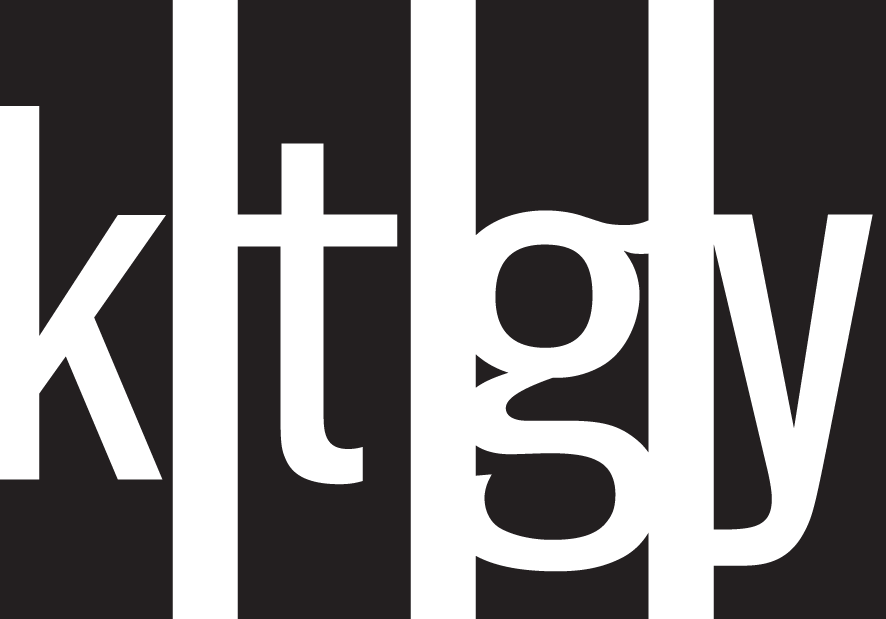Manny Gonzalez – Healthcare Real Estate: Healthcare REITs Rise to the Occasion
GlobeSt.com
December 3, 2019
These companies are expanding their footprint in the profitable medical office space while carefully managing risk in other subsectors.
In mid-November with little fanfare or formality, Welltower revealed it had become the largest commercial owner of medical office real estate in the country. It achieved this feat by striking a deal with Hammes Partners to buy a 29-property class-A medical office building portfolio for $787 million. At the same time, the REIT said it was also investing $885 million across four separate outpatient medical transactions currently under contract.
Over the last few years, Welltower has built out a formidable medical office portfolio. At the start of 2019, it struck a deal to acquire a 55-asset medical office and outpatient facilities portfolio from CNL Healthcare Properties for $1.25 billion—the second largest medical office portfolio ever sold. All told, as of mid-November, Welltower has closed or announced more than $3.5 billion of outpatient medical acquisitions. These acquisitions, many of which have been off-market, total 450 properties and over eight million square feet to the company’s platform. Its platform is now nearing 30 million square feet.
Strong Fundamentals for Healthcare
It is little wonder that Welltower, a healthcare REIT with a diversified portfolio across all of the subsectors in this space, has chosen to make an extra deep mark in medical office. Demand for this product is surging and is projected to be 16% more in the next 10 years than is available today, Indeed, on the rise for the last four years, medical office sales totaled $10.4 billion in 2018. “Medical office buildings are so popular and are in demand as a renovation or new construction,” says Jason Signor, CEO of Caddis Healthcare Real Estate.
Healthcare spending in general, which totaled $3.5 trillion in 2018, is expected to grow more than 5% per year for the next decade. Changing demographics are also influencing demand for healthcare real estate, with the 65 and older cohort expected to require medical services nearly five times a year, according to Marcus & Millichap. The firm also points to a 2.7% increase in healthcare services employment growth, the fastest of any employment subsector. The strong demand for medical services personnel, in short, is outstripping the labor pool. “To combat shortages, healthcare businesses are favoring outpatient care as well as enhanced technology,” Marcus & Millichap says. “These trends favor purpose-built medical office facilities.”
REITs are particularly well positioned right now to invest in these assets. For starters, according to Hoya Capital Real Estate, healthcare REITs are among the more interest-rate sensitive real estate sectors and tend to perform best in lower-rate economic environments. REITs also have the advantage of relatively ample access to capital.
As a result, strong deals such as Welltower’s acquisition are becoming more common. Also in November, Medical Properties Trust signed an agreement with one of the largest acute care operators in the US to acquire 10 of its hospitals for $700 million, which the operator, LifePoint Health, will lease back.
According to Medical Properties CEO Edward K. Aldag Jr., the transaction illustrates investor appetite for such assets. “This immediately and strongly accretive acquisition of well-run facilities from sophisticated operators and owners demonstrates the expanding market for hospital real estate,” Aldag said at the time.
Aldag also noted that the deal improves its overall diversification by reducing the concentration of its largest operator relationship to 28% and its largest single facility to 2.7%, while increasing the number of US states in its portfolio to 34.
For all the upside to healthcare real estate right now, REITs are taking their traditionally cautious approach to expanding their healthcare holdings. Aldag’s comments about operation diversification highlights this, as does Ventas’ approach to expansion. Even though it has wide open access to the capital markets, the REIT plans to fund net acquisition and development primarily through dispositions, Fitch Ratings said in a report following the REIT’s third quarter report.
When the Downside Rears
Also, it should be noted that not all subgroups within healthcare are performing as strongly as medical office—and REITs’ risk profiles reflect this. Ventas delivered strong enterprise level results within the medical office, healthcare and research and innovation sectors for the third quarter but its senior housing portfolio’s performance was decidedly unsatisfactory. Namely, its senior housing portfolio fell below expectations, performing inconsistent against historic patterns, Ventas said. The company executives shared during the REIT’s earnings call that they expect this trend to continue throughout the remainder of the year and into 2020, given the challenging senior housing market conditions. The portfolio did not experience the strong seasonal lift in occupancy that is typical and rate softness continued during the quarter, CEO Debra Cafaro said during the firm’s third quarter earnings call.
Memory care and assisted living are other assets with which some REITs have been struggling, New Senior Investment Group among them. The New York City-based REIT recently struck a deal to sell its entire 28-asset assisted living and memory care portfolio for $385 million.
The REIT has been trying to address the underperformance of its AL/MC portfolio for some time, pursuing various strategies such as asset sales and transitions to new operators. Despite these efforts, the AL/MC portfolio continued to experience sustained challenges, the company said.
The sale is expected to improve New Senior’s overall portfolio quality and capital structure, and will allow it to focus on its core business of private pay senior housing, another sector that is doing well in healthcare real estate.
A Market Approach
Like the rest of real estate, of course, healthcare investment is very much a market play. As senior housing dragged down Ventas’ earnings in Q3, developer KTGY began expanding its senior development activity at the same time, with a focus on the Mountain states. The growing senior demographic is driving this expansion, as well as an increase in requests from the developer’s clients who are entering the senior market, according to Manny Gonzalez, principal of KTGY’s national 55-plus active adult practice area leader, who notes that “we have quite a few existing clients who are starting to enter the 55+ market, both in the for-sale and rental space.”
One REIT that believes in its market strategy is Healthcare Trust of America. CEO Scott Peters pointed out during its earnings call that the REIT has targeted key fast growing markets that it believes will outperform the rest of the country.
In the third quarter, Healthcare Trust reported increased levels of acquisition activity, closing acquisitions of $135 million in the period, bringing the total for the year to $228 million and an average year one cap rate of 5.75%. “Our targeted market approach also allows us to create size and scaling markets, with 15 markets with more than 500,000 square feet and nine markets with approximately 1 million square feet or more square feet,” Peters explained. “This scale allows us to effectively create a deeper and strategic local operating platform with relationships and operating capabilities. This market focus is a key pillar of our growth strategy going forward.”

